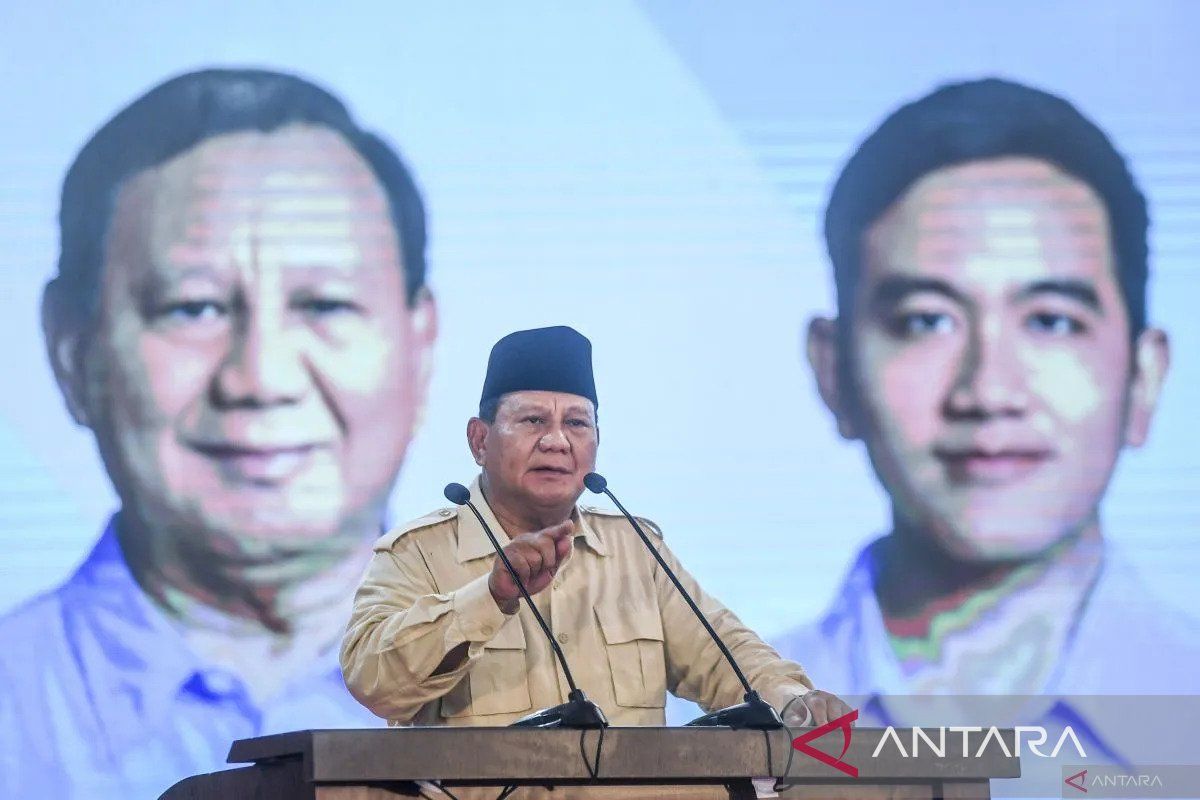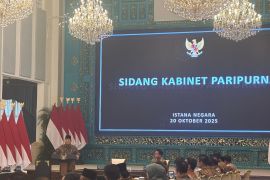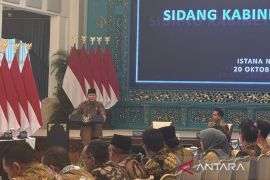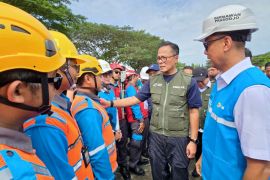One of them pertains to the housing sector: the incoming government is targeting to build three million houses every year as part of an effort to alleviate poverty.
Chairperson of the President-elect task force, Hashim Djojohadikusumo, revealed that the new government aims to build 15 million houses — three million every year — during its five-year term.
He informed that the three million homes will comprise one million apartment units in urban areas and two million in rural areas.
He said that the construction of two million homes in villages could support job creation.
According to Djojohadikusumo, the three million houses program needs to be realized urgently to help Indonesians who are still living in uninhabitable houses, that is, houses with no electricity or clean water supply, as well as poor hygiene and sanitation.
Therefore, under Prabowo's administration, the role of the ministry responsible for housing provision policies will need to be strengthened through the plan for the re-establishment of the Ministry of Housing.
Experience has shown that the presence of a ministry that focuses on housing could help overcome obstacles to providing homes, especially habitable homes, to the target community.
Many aspects will need to be considered to realize the housing program, including financing, land acquisition, building materials, permits, and subsidies for the target community. Fulfilling those aspects will require not only ordinary policies but extraordinary solutions.
Minister of Public Works and Public Housing Basuki Hadimuljono has welcomed the three million homes program, which, he said, could help tackle the housing backlog or shortage of 12.7 million homes.
The backlog has been caused by increasing land prices and limited land availability.
Purchasing power
For the next generation, buying a livable home is no easy task considering the widening gap between income and residential property prices.
So far, the government has implemented several housing programs to provide financial assistance to people, especially the lower middle-income group, to help them purchase a house.
The government has also offered subsidized houses that can be purchased by taking out a mortgage or KPR/KPA.
As per a Pinhome survey, the largest group of home buyers are still the millennials (53 percent), followed by Gen Z (26 percent), Gen X (20 percent), and baby boomers (1 percent). Of them, 76 percent are married and need a house for their family.
In terms of home financing, savings still account for the highest share at 53 percent, followed by loans from family (29 percent), bank credit (28 percent), and non-bank loans (26 percent).
The housing sector problem in Indonesia cannot be separated from the issue of the sandwich generation, which is caught between meeting family needs and achieving personal aspirations of owning homes.
The phenomenon shows that 18 percent of the current generation bought a house with personal savings and family assistance, while the proportion of those using KPR/KPA facilities stood at 8 percent in the second quarter compared to the first quarter of 2024.
Funding support
Funding remains the biggest problem for the future generation in buying a house. In some cases, KPR/KPA applications are rejected by banks even if the applicants have paid a down payment to the developer.
Secretary of the Directorate General of Housing of the Public Works and Public Housing Ministry, M. Hidayat, emphasized the importance of rolling out financing solutions for the housing program.
To do so, the government will continue to increase the role of BP Tapera, the program administrator of Public Housing Savings, to support funding for people who face difficulty buying a house.
BP Tapera can play a role in distributing subsidy funds in the form of Housing Financing Liquidity Facilities (FLPP).
Although currently, many banks and finance companies are offering KPR/KPA for more than five years, there are still many millennials and Generation Z members who are reluctant to take advantage of the financing. The majority of them prefer to rent a home while saving to buy one.
Thus, it will be the task of the next government to find cheap funds that can be used to ease the burden on lower-middle-income people in buying homes.
Another task will be to strengthen the purchasing power of the community by looking closely at the wage system, economic climate, and business climate.
It will also be important to pay attention to the sandwich generation, who are already squeezed to meet household needs.
They must not feel further burdened after a home purchase, thinking about maintenance costs, installments, and transportation costs.
Therefore, carrying out the program of building three million houses per year will require not only financial but also political support.
If the program can be implemented simultaneously in various regions, it will be easier to meet the target.
The property sector contributes a significant 14 percent to the national gross domestic product (GDP), nine percent to the state budget (APBN), 35–55 percent to local revenue (PAD), and absorbs 14–17 million workers.
The sector has also played a role in reducing poverty rates by 8 percent as well as lowering stunting, as intended by President-elect Prabowo Subianto.
Linked to almost 185 other industries in the real sector, the property sector has a major impact on the movement of the economy.
As a labor-intensive business, the sector can absorb a large number of workers — almost 13 million to 19 million.
With such a strategic contribution, the sector is capable of becoming the main backbone of national economic growth.
Related news: ASEAN committed to jointly building sustainable villages: Ministry
Related news: Govt optimistic of reducing extreme poverty rate to 0.5 pct: Ministry
Editor: Rahmad Nasution
Copyright © ANTARA 2024












